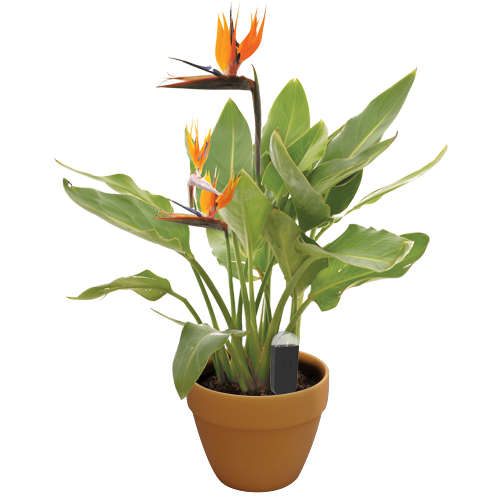Celtis africana
TAXONOMY
FamilyCannabaceae
GenusCeltis
Zone9
LEARN MORE
Plants of the World OnlineABOUT
Celtis africana, commonly known as the White Stinkwood, is a deciduous tree native to southern and eastern Africa. It belongs to the Cannabaceae family and the Celtis genus. This tree thrives in seasonally dry tropical climates and can grow up to 12 meters tall. It is known for its hardy nature and attractive foliage.
ALSO KNOWN AS
Camdeboo
White Stinkwood
Witstinkhout
Celtis burmanni
Celtis eriantha
Celtis henriquezii
Celtis holtzii
Celtis kraussiana
Celtis opegrapha
Celtis vesiculosa
OVERVIEW
VPDCalculate
WaterDry
SoilLoamy
LightDirect Bright (6 Hours)
Temperature25° C
Humidity50%
Dormancy3 Months
pH6.5
Pressure1,013 mbar
DETAILS
Care Instructions
Celtis africana requires bright, direct sunlight for optimal growth. It prefers moderate temperatures and can tolerate a range of humidity levels. Water the tree when the soil is almost completely dry, but avoid waterlogging. Regular pruning helps maintain its shape and health.Soil
This tree prefers well-draining loamy soil with a slightly acidic to neutral pH. Ensure the soil has good drainage to prevent root rot. A mix of garden soil, compost, and sand can provide the ideal growing medium.Fertilizer
Use a balanced fertilizer with an N-P-K ratio of 10-10-10 during the growing season. Fertilize once a month to support healthy growth. Avoid over-fertilizing as it can harm the tree.Repotting
Repot young trees every 2-3 years to accommodate their growing root system. Choose a larger pot with good drainage and fresh soil mix. Repotting is best done in early spring before the growing season begins.Propagation
Celtis africana can be propagated from seeds or cuttings. Collect seeds from mature fruits and sow them in a well-draining soil mix. Cuttings can be taken in late spring or early summer and rooted in a moist, sandy soil mix.Pruning
Prune Celtis africana in late winter or early spring to remove dead or diseased branches and to shape the tree. Regular pruning helps maintain its structure and encourages healthy growth.Toxicity
Celtis africana is not known to be toxic to pets or humans. However, it is always advisable to keep an eye on pets and children around any plant.Additional
Celtis africana is a hardy tree that can withstand drought conditions once established. It is an excellent choice for gardens and landscapes in dry tropical regions. The tree also provides habitat and food for various bird species.REVOLUTIONIZE YOUR PLANT CARE
Make Every Plant Smart

Plant Monitor
STAYS IN YOUR PLANT
Accurately measures the core metrics of your plant – soil moisture, light, temperature and humidity - as well as compound metrics such as Vapor Pressure Deficit (VPD) and Growing Degree Days (GDD).
Shop Now
